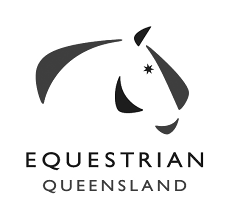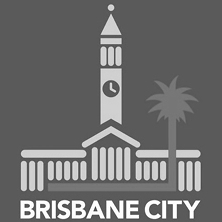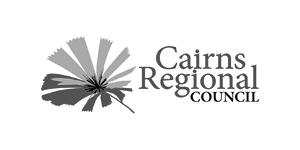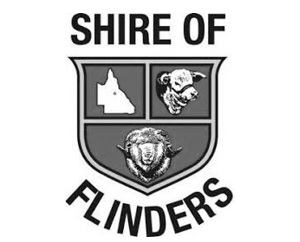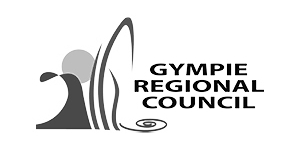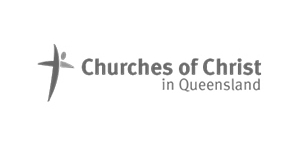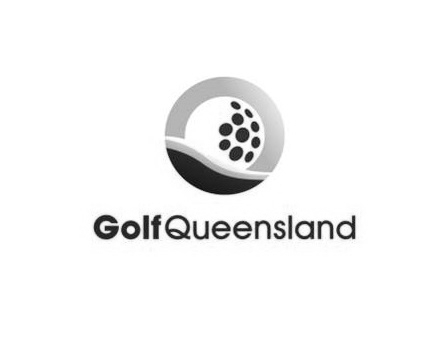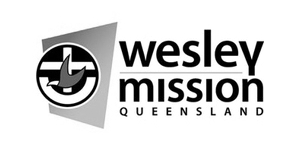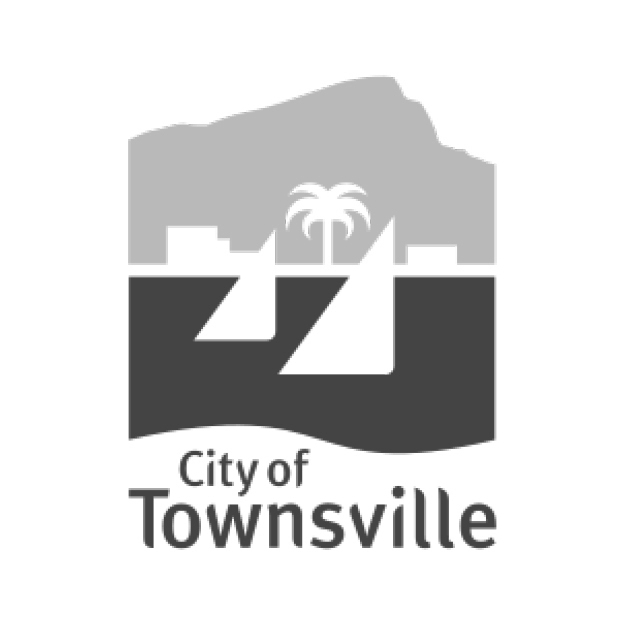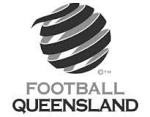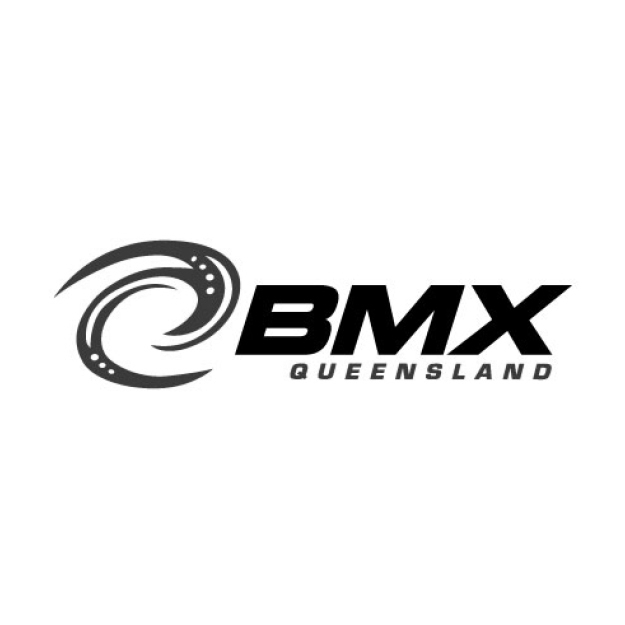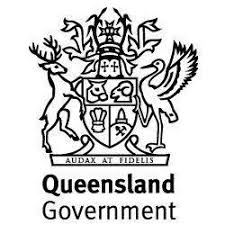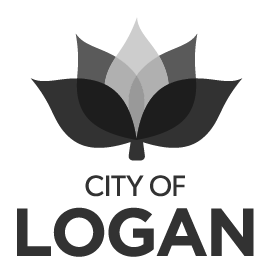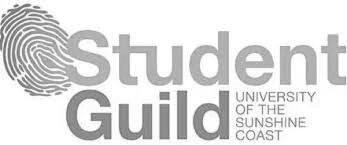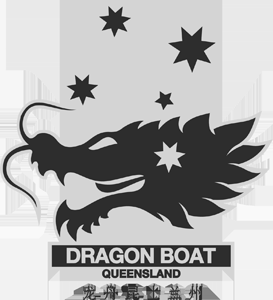Equestrian Queensland Statewide Facilities Plan 2019-2028
Strategic Facility Planning
Equestrian Queensland engaged CPR Group to prepare a statewide facilities plan to support the identification and prioritisation of equestrian facility needs across Queensland.
Within Queensland, 212 equestrian facilities were identified in the plan. These facilities are utilised by a network of more than 540 affiliates including 110 clubs, 131 show societies, 263 schools, 19 commercial organisations and 12 sport, event and advisory committees.
In 2018, there were 3,684 individual members, 6,386 club members and 416 notified competitions with more than 97,000 entries. An average of 677 new horses are registered each year.
Equestrian Queensland and CPR Group worked together to achieve and extend the projects outcomes beyond the scope that was funded by the Queensland Government.
A preferred facility standards document, which describes the facility attributes required by each equestrian discipline for each level of competition, was developed. A document of this type is unprecedented, with no similar document published nationally or internationally.
Using a combination of surveys, consultation, and data analysis the existing equestrian facility provision were documented. The level of competition held at each facility, compared to the facility’s standard, as determined by the preferred facility standards document, clearly identified gaps.
The plan identified 31 facilities which are hosting competition at a higher level than the facility’s current standard.
The plan documents 65 facility improvement projects throughout the State, and recommends six key priority projects. These include master planning to achieve a minimum Tier 2 facility at Queensland State Equestrian Centre and Toowoomba Showgrounds to support the delivery of national and international level competitions, establishment of facilities on the Gold Coast and in the Redland that are minimum Tier 3 and capable of hosting state championship events and regional equestrian facility planning for Townsville and Far North Queensland.
A number of broader recommendations have also been made for:
Increased facility planning at club level
More comprehensive data collection
Supported facility user agreements and policies
Establishment of more multi-user arrangements
Improved asset management
Industry wide networking
The understanding gained from the plan will help ensure that:
Future demand can be sustained
The quality and safety of equestrian facilities are improved
Facility developments are prioritised to optimise resources
Supported by comprehensive participation data, delivery of the recommendations will result in a well-planned, fit-for-purpose network of secure, well-used facilities.
The plan well-positions equestrian sport to attract additional investment in ideal equestrian facilities.



